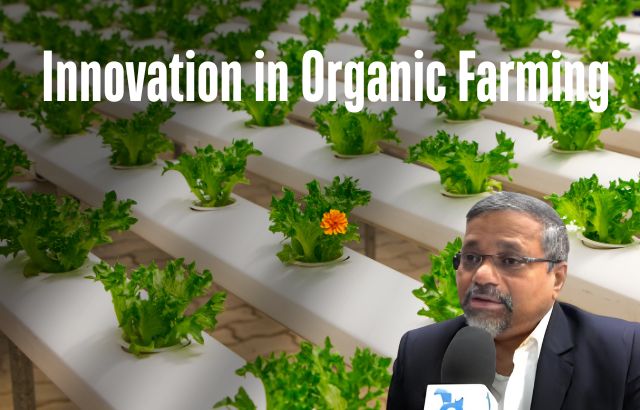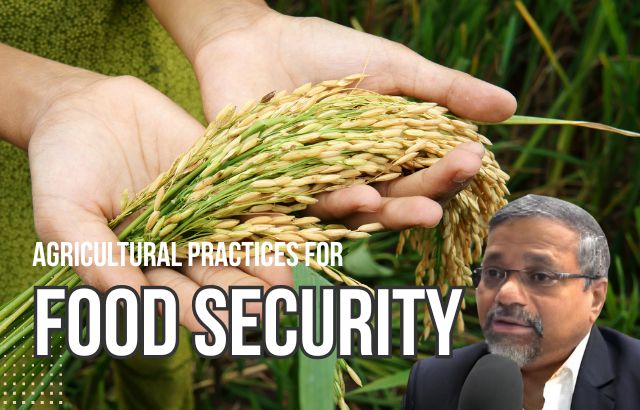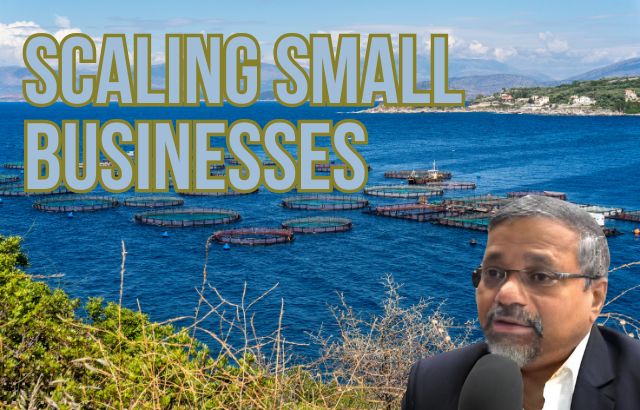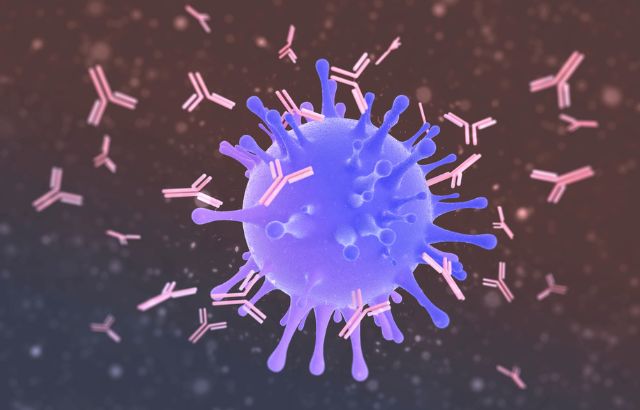Managing red mites in poultry is a critical aspect of maintaining a healthy flock. Red mites, also known as Dermanyssus gallinae, are parasitic mites that can cause significant harm to chickens, leading to decreased egg production, anemia, and even death. Traditional methods of controlling these pests often involve chemical treatments, but sustainable and holistic approaches are gaining traction. This blog explores sustainable strategies for managing red mites in poultry, with a focus on innovative and environmentally friendly methods.
Understanding Red Mites
Red mites are nocturnal parasites that feed on the blood of poultry, primarily at night. They can multiply rapidly, leading to severe infestations if not managed effectively. Understanding their life cycle and behavior is essential for implementing effective control strategies.
Poultry Red Mite Management
Integrated Pest Management (IPM)
Integrated Pest Management (IPM) combines various control methods to manage pest populations sustainably. IPM strategies for red mites include:
- Regular Monitoring: Regularly inspect poultry houses for signs of mite infestation. Use traps and mite counts to assess the severity of the problem.
- Sanitation: Clean and disinfect poultry housing thoroughly to remove mite eggs and larvae. Proper waste management and the use of high-pressure washers can help in reducing mite populations.
- Biological Control: Introduce natural predators of red mites, such as Hypoaspis miles or Stratiolaelaps scimitus, which prey on mite larvae.
Cultural Practices
Cultural practices play a crucial role in reducing mite infestations:
- House Design: Use mite-resistant materials and design poultry houses to minimize crevices where mites can hide. Smooth, non-porous surfaces are easier to clean.
- Environmental Management: Maintain optimal environmental conditions in poultry houses. Red mites thrive in warm, dry environments, so managing temperature and humidity can help reduce their numbers.
Physical and Mechanical Controls
Physical and mechanical controls include:
- Dusting and Vacuuming: Use mite-specific dust formulations to treat poultry houses. Regularly vacuum poultry houses to remove mites and their eggs from surfaces.
- Heat Treatment: Implement heat treatments to kill mites and their eggs. This can include steam cleaning or using heated air in infested areas.
Green Innovations
Green innovations offer environmentally friendly solutions for red mite management:
- Essential Oils: Natural essential oils like neem, eucalyptus, and lavender can repel mites. Use them in sprays or diffusers to create a hostile environment for mites.
- Diatomaceous Earth: This natural powder is effective in drying out mites and disrupting their life cycle. Sprinkle diatomaceous earth in areas where mites are known to congregate.
- Eco-Friendly Pesticides: Use organic and eco-friendly pesticides that target mites without harming the environment. Products with natural ingredients can provide effective control with minimal ecological impact.
The Role of Green Innovators
Green innovators play a vital role in developing and promoting sustainable pest management strategies. Their efforts focus on creating and implementing eco-friendly solutions that reduce reliance on harmful chemicals and improve the overall health of poultry systems.
Examples of Green Innovation in Poultry Mite Management:
- Innovative Poultry Housing Designs: Companies are developing poultry housing with integrated mite management features, such as self-cleaning systems and mite-resistant materials.
- Sustainable Mite Control Products: New products made from natural ingredients are being introduced, offering effective control without the environmental drawbacks of traditional pesticides.
- Research and Development: Ongoing research into biological control agents and green pest management strategies continues to yield promising results for sustainable mite control.
Ask Jaiguru effective methods for controlling red mites in poultry
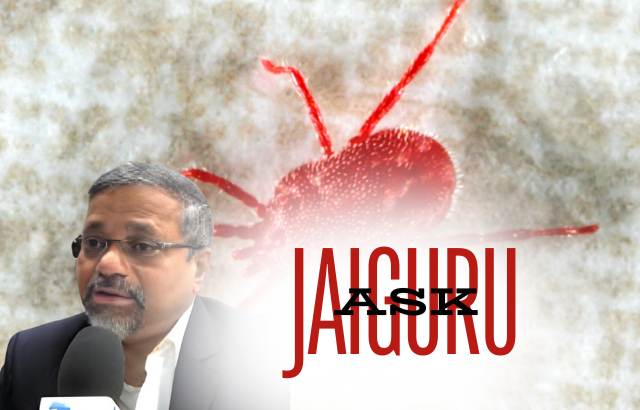
What are the most effective methods for controlling red mites in poultry?
Answer: Effective methods include integrated pest management (IPM), regular monitoring, sanitation, biological control, and physical controls like dusting and vacuuming. Green innovations, such as essential oils and diatomaceous earth, also offer effective solutions.
How can I use essential oils to manage red mites?
Answer: Essential oils like neem, eucalyptus, and lavender can be used in sprays or diffusers to repel red mites. They create an environment that is hostile to mites, helping to reduce their populations.
What role does heat treatment play in red mite management?
Answer: Heat treatment, such as steam cleaning or using heated air, can kill red mites and their eggs by raising the temperature to levels that are lethal to the pests.
Are there any eco-friendly pesticides for red mite control?
Answer: Yes, there are eco-friendly pesticides made from natural ingredients that target red mites without the environmental impact of traditional chemical pesticides.
How can green innovations help in managing red mites sustainably?
Answer: Green innovations, such as natural pest control products, sustainable housing designs, and ongoing research, provide effective and environmentally friendly solutions for managing red mites while reducing reliance on harmful chemicals.
Poultry Red Mite Management- Conclusion
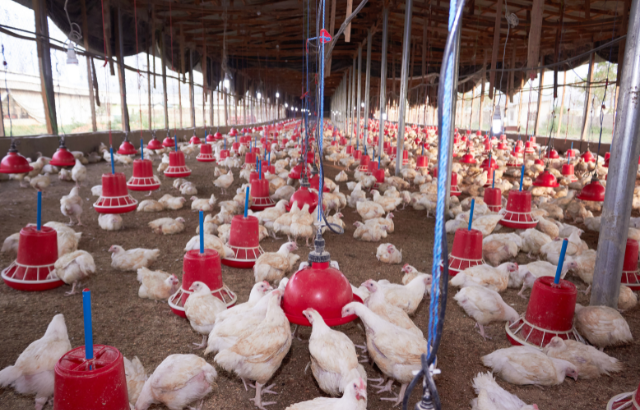
Managing red mites in poultry requires a comprehensive and sustainable approach to ensure both the health of the birds and the environment. By integrating traditional and innovative methods, such as Integrated Pest Management (IPM), cultural practices, and green technologies, poultry farmers can effectively control mite populations while minimizing ecological impact. The use of natural predators, essential oils, and eco-friendly products not only targets mites but also contributes to a healthier and more sustainable poultry farming system.
Green innovators play a crucial role in advancing these sustainable strategies, continuously developing new solutions that address the challenges of red mite management. Their efforts help to reduce reliance on harmful chemicals and promote environmentally responsible practices. As the industry moves toward more holistic approaches, combining effective pest control with environmental stewardship will be essential for the long-term success of poultry farming.
Adopting these sustainable strategies not only improves the well-being of poultry but also supports a healthier ecosystem, making it a win-win for both agriculture and the environment.








